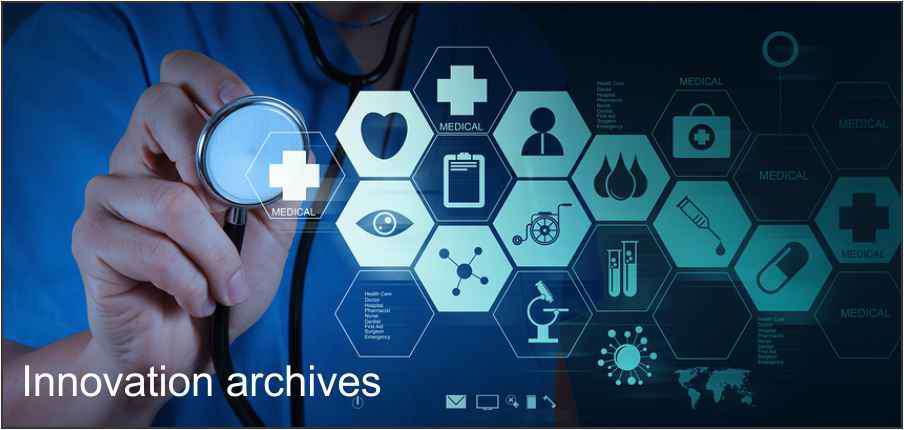Since the formation of the universe from the Big Bang theory, health has always been an important part of mankind. The techniques used to cure diseases in the past are no longer the same as they are now. It has been changed partially or completely with new technologies evolving from time to time.
The world is on edge of the technical revolution, and it will affect all the areas of human life including health. Then the question comes to our mind, how exactly technology will change the future of healthcare? Below are the technologies that will change the future of healthcare.
Mobile Stroke Units
MSU is based on the concept of pre-hospital treatment. The specialized ambulance has a CT scanner and essential laboratory equipments for the diagnosis of stroke. The staff members are also provided in the MSU for the pre-hospital help to the patient. The telemedicine are provided to perform CT scans, TPA tests, and blood tests before the patient arrive at the hospital. MSU has already taken into action in Houston and Germany, and it surely has a great future as it doesn’t lose the time to treat the patient and in the transportation. The faster the treatment, the patient will get, the less damage will have occurred in the health.
Smart, Wireless and Wearable Sensors
There are many indications that a digital healthcare revolution is coming. The basic idea of the digital healthcare is to connect the patient with care providers wirelessly to monitor the health needed when the patient goes to the normal life. The technology would rely on smart sensors that are deployable, implantable, and wearable to the patient. Wearables don’t require medical procedure and travels with the patient. Wearables are attractive too, so wearable sensors are coming into reality and will connect the patient to the doctor even after the treatment.
Blue-Violet Led Light Fixtures
People are generally admitted to the hospitals to get better, however, about 4 percent patients get infected on any given day. Hospitals already use UV light to kill germs, but this generally happens in the absence of the patient in the room, as the UV light can damage the skin cells. That’s when Blue-Violet comes to the light. It can kill the bacteria and germs, in the presence of the patient without affecting the patient’s health. Though, Blue-Violet led light fixtures are still in the development, but if it comes to the real use, then it will reduce hospital-acquired infections.
Robotic Surgery
There have been significant revolutions in the robotics in the recent years. Robotics is making an important effect in every field which includes health too. Robotic surgery is one of its kinds, which integrates advanced computer technology with the expertise of the skilled surgeons, which gives the surgeon a 10x magnification, high definition, 3D-image of the body organs. The surgeons use controls to manipulate special surgical instruments that are flexible, smaller, and maneuverable than the human hand. Thus, the surgeon can operate with improved precision and control even during the most complex operations.
SpaceOAR
SpaceOAR (OAR stand for “Organ at Risk”) system is designed solely for the treatment of the prostate cancer patients during radiation treatment to reduce damage to surrounding tissue. The polyethylene hydrogel is injected during the procedure to increase the space between those organs. The gel stays for about three months in the body and then is naturally eliminated and absorbed from the body. It separates the prostate from the rectum. It is designed to reduce the radiation exposure. SpaceOAR has side effects too, but it will be very useful in the treatment prostate cancer treatment.
Spectral Computed Tomography
Since the creation of the Computed Tomography in the 1970s, it has enjoyed a place of prominence in medical imaging. The modality provided a complete picture of the body than the X-rays that takes images at different angles to build the cross section. The trouble with modality was to differentiate one object from another in the black and white palette. The difficulty has been overcome through the next phase of CT’s evolution, the advanced Spectral Imaging. It acquires images at two different energy levels, which make it able to distinguish the various elements in the body. By varying colors and shades of gray in the final image, the differences are displayed. At present, Philips, GE Healthcare, and Siemens are vendors of the Spectral computed tomography. But the results it has been given will make it more useful in the future.
According to a research by the University of Chicago, the health-care industry will see a 21% increase by 2020 in IT jobs. There is a demand for thoughtful, creative uses of the health informatics and digital diagnostics. Many of these inventions have yet to be approved by the FDA, but that will stop the research and development of the new technologies in healthcare.


